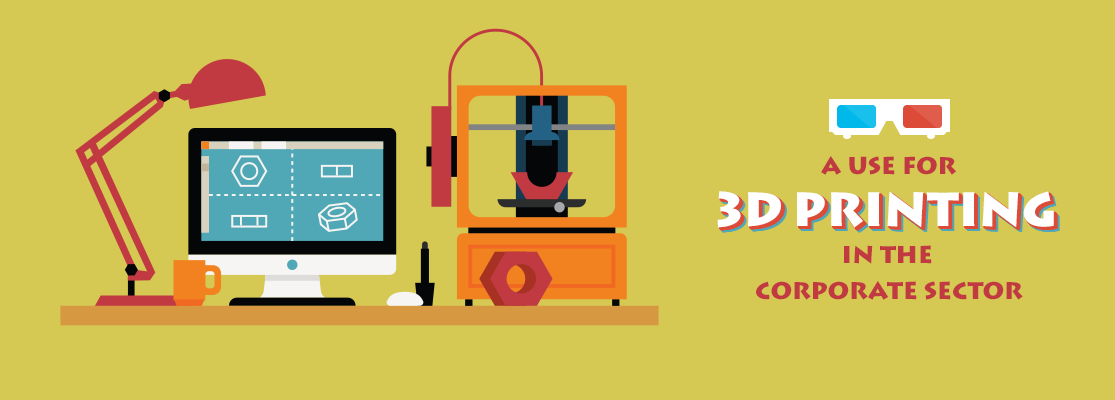A USE FOR 3D PRINTING IN THE CORPORATE SECTOR
I’ve often wondered about the relevance of 3D printing in the corporate sector because we rarely produce a thing. Our products – such as bank accounts and insurance policies – are essentially 1’s and 0’s floating in the ether.
Then I attended a webinar presented by Jon Soong from Makers Empire. This Australian startup is active in the K12 sector, helping teachers bring 3D printing into their classrooms.
With the right hardware, software and guidance, teachers and their students can visualise abstract concepts (Mathematics, Science), produce replica objects (History, Geography) and create original objects (Art).
As the following video demonstrates, the technology can also be applied to problem-based learning.I like what I see at St Stephen’s School, not only because of the pedagogical benefits that 3D printing affords, but also because it makes sense to familiarise our children with emerging technology.
This particular technology is already impacting manufacturing. A diverse range of products is currently being 3D printed, including clothes, jewellery, candy, teeth, prosthetics, tools, car parts, architectural models, furniture, toys and accessories.
I predict one day in the not-too-distant future, hospitals and medical device companies will dispense with their warehouses. Instead of stockpiling surgical equipment in big rooms – or worse, waiting for products on backorder – a hospital will be able to build the device it needs on-demand. No more need for storage and transport; just a licence to print the proprietary design.In the corporate environment, however, we don’t make widgets.
In this context, I suggest we turn to the students from St Stephen’s for inspiration. When the kids use 3D printing to solve a problem, a by-product of that activity is collaboration. Following their lead, we could split our colleagues into teams and task them with producing a 3D artefact; whether or not that artefact has practical application is irrelevant. What is relevant is how the team members work together to achieve the goal.
The technology is the vehicle with which a collaborative situation can be engineered, experienced, observed, and reflected upon.
And we can go further. Consider a methodology such as Human Centered Design. By baking HCD into the task, the team members can practise it in a low-stakes scenario – for example, creating an office mascot. If the artefact doesn’t gain the target audience’s approval, it’s relatively cheap to make the necessary modifications or even go back to the drawing board.
After the team members build up their experience with the methodology via this seemingly silly exercise, they can apply it to the organisation’s real products and services.
Written by our Guest Blogger, Ryan Tracey
Ryan Tracey is the E-Learning Manager at a well-known financial services organisation in Australia. He is a former Editorial Board Member for eLearn Magazine, and is currently a council member for the Australian Institute of Training & Development.
Ryan has worked in corporate e-learning for over a decade, following several years in the higher education market. He holds a Master’s degree in Learning Sciences and Technology from the University of Sydney, is a regular contributor to industry magazines, and has won a bunch of training awards.
_________________________________
Copyright of posts written by our Guest Bloggers are their own.
Published on 09-Nov-2016






